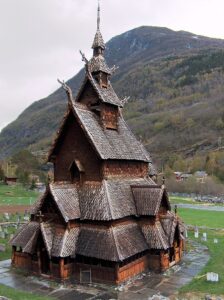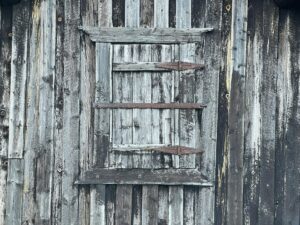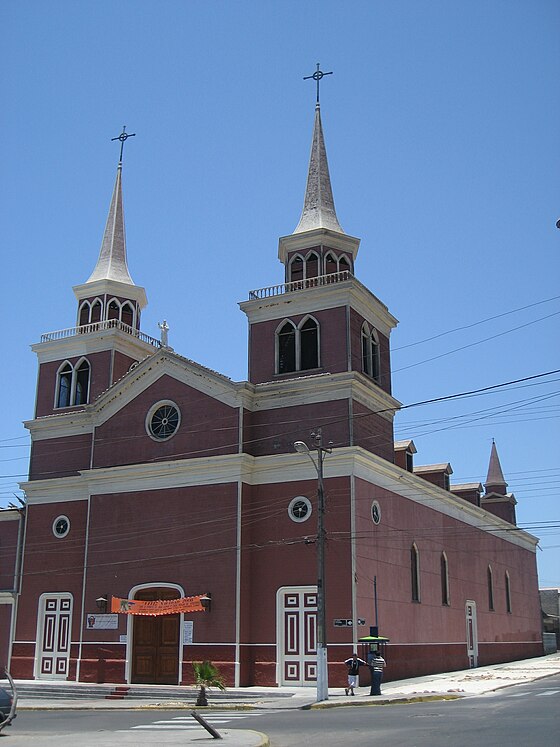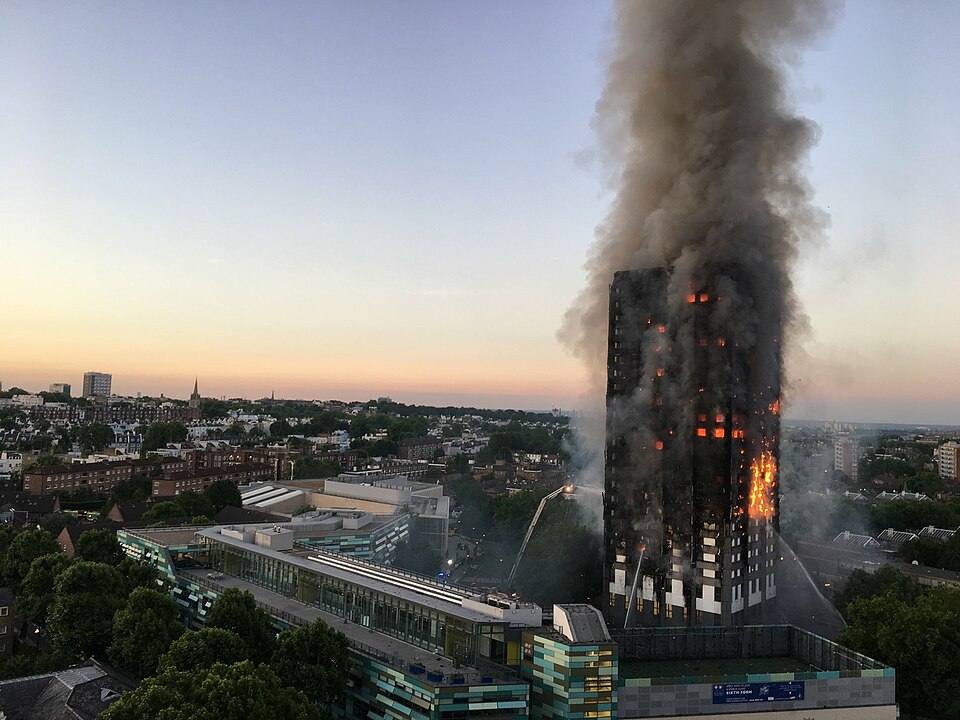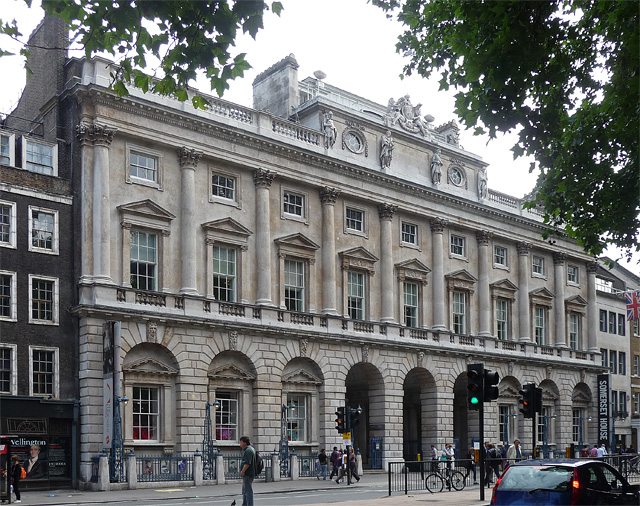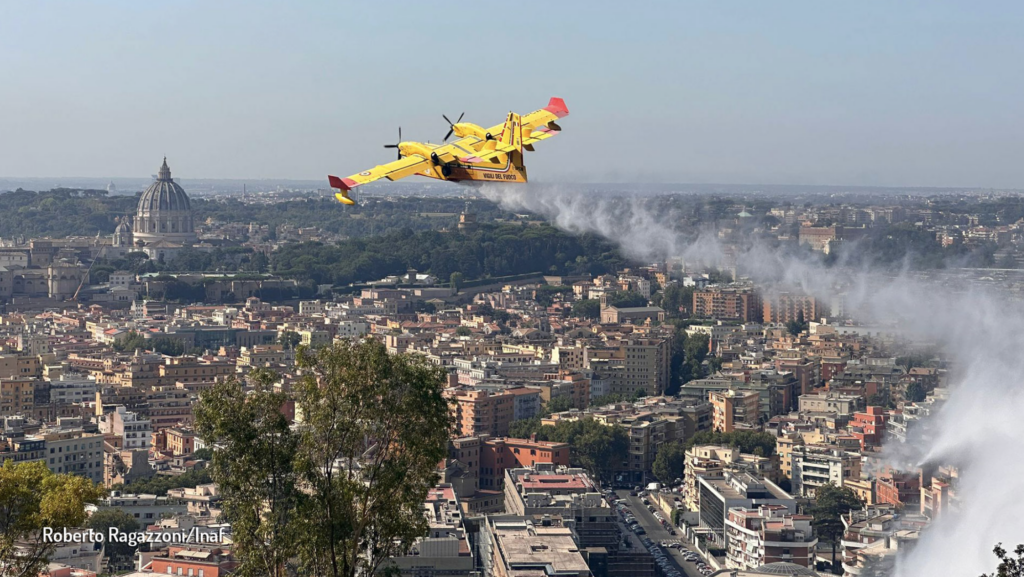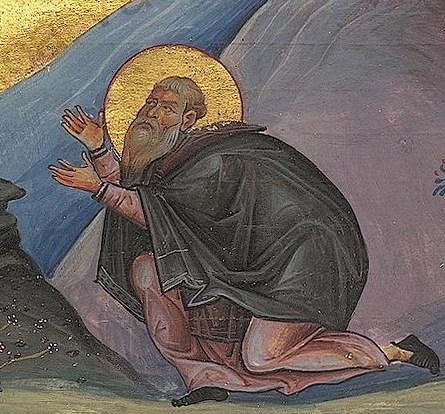Why the Notre Dame Fire Improved Historic Buildings Safety
Notre-Dame de Paris served as a validation case to improve fire safety modelling in historic buildings, through the analysis of the thermal damage following the 2019 fire
Safety professionals face significant challenges in ensuring the safety of historic buildings, particularly in estimating the impact of fires on their structures. This difficulty arises from the distinct geometries and material characteristics of historic buildings, which often differ substantially from contemporary structures. Traditional safety assessment models, commonly used for modern buildings, may not accurately reflect the complexities of historic buildings.
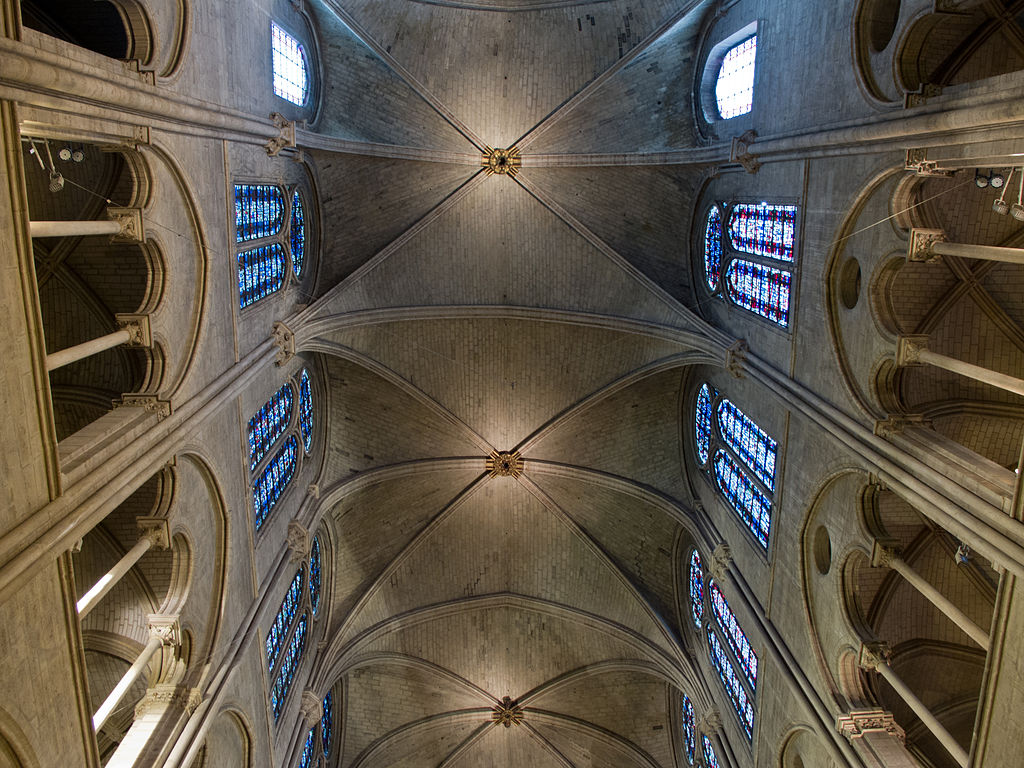
In this context, a 2023 research and its final document “Notre-Dame de Paris as a validation case to improve fire safety modelling in historic buildings” has proposed the analysis of the thermal damage of Notre-Dame de Paris following the 2019 fire “to bridge the gap between available outputs from numerical simulations of the fire in the gas phase and post-fire temperature assessment in the vault“.
The study seeks to assess the feasibility of estimating the effects of the fire on the remaining structures. The large data set collected serves as a reference point to evaluate the effectiveness of numerical fire models in analyzing the unconventional configuration of the medieval roof. Despite its uncontrolled and complex nature, this setup offers insights into the suitability of numerical tools for assessing fire risks in historic buildings.
The study focuses on the analysis of the thermal degradation of the Lutetian limestone (the variety of limestone particular to the Paris, also known as “Paris stone”) within the vault of a choir. Experimental techniques have been developed to trace the maximum temperature profile reached during the fire, while numerical simulations aimed to replicate these observations by evaluating the heat flow affecting the vaults. These simulations, conducted using the Fire Dynamics Simulator, has required a number of assumptions regarding materials, geometry, mesh, and scale. However, the authors have highlighted that numerical tools have inherent limitations due to the currently incomplete understanding of some specific fire and solid combustion mechanisms, which are still the subject of academic investigation. Although theories can be developed and validated in specific configurations, the generalizability and scalability of these findings remain uncertain.
The study, using numerical simulations of gas-phase fire and post-fire temperature in the vaults of the Cathedral, has focused on a specific vault (the CH15–18 vault), known for its subtlety and limited accessibility to firefighters during the fire.
The post-fire assessment highlighted alterations to the extrados (the outer or upper curve) of the vault, such as chipping and cracks, as well as degraded areas on the intrados (the inner curve). The comparison between the pre and post-fire point clouds highlighted also significant deformations, suggesting a shift in the overall equilibrium conditions of the vault.
This possibility of in-depth analysis was allowed by the availability of the point cloud deriving from a three-dimensional survey with adequate accuracy. The great importance of having surveys of this type must also be underlined for the ability to make pre- and post-fire comparison data available to the scientific community.
Ground-penetrating radar monitoring, finally, seemed to have allowed to identify areas of discontinuity, such as cracks and delamination (the process of a material breaking or being broken into thin layers).
Various experimental techniques, including colorimetry, have been employed to observe physicochemical transformations. Colorimetry emerged as a simple method with good repeatability, particularly suitable for evaluating temperature-induced changes within the range likely experienced by the vault stones.
The proposed methodology seems to be promising for adaptation to fire incidents in other historically important masonry structures, provided that a thorough in situ material evaluation and precise structural geometry information is available to incorporate into computational fluid dynamics/fire models.
The publication: A. Guibaud, J.-C. Mindeguia, A. Albuerne, T. Parent, and J. Torero – Notre-Dame de Paris as a validation case to improve fire safety modelling in historic buildings
